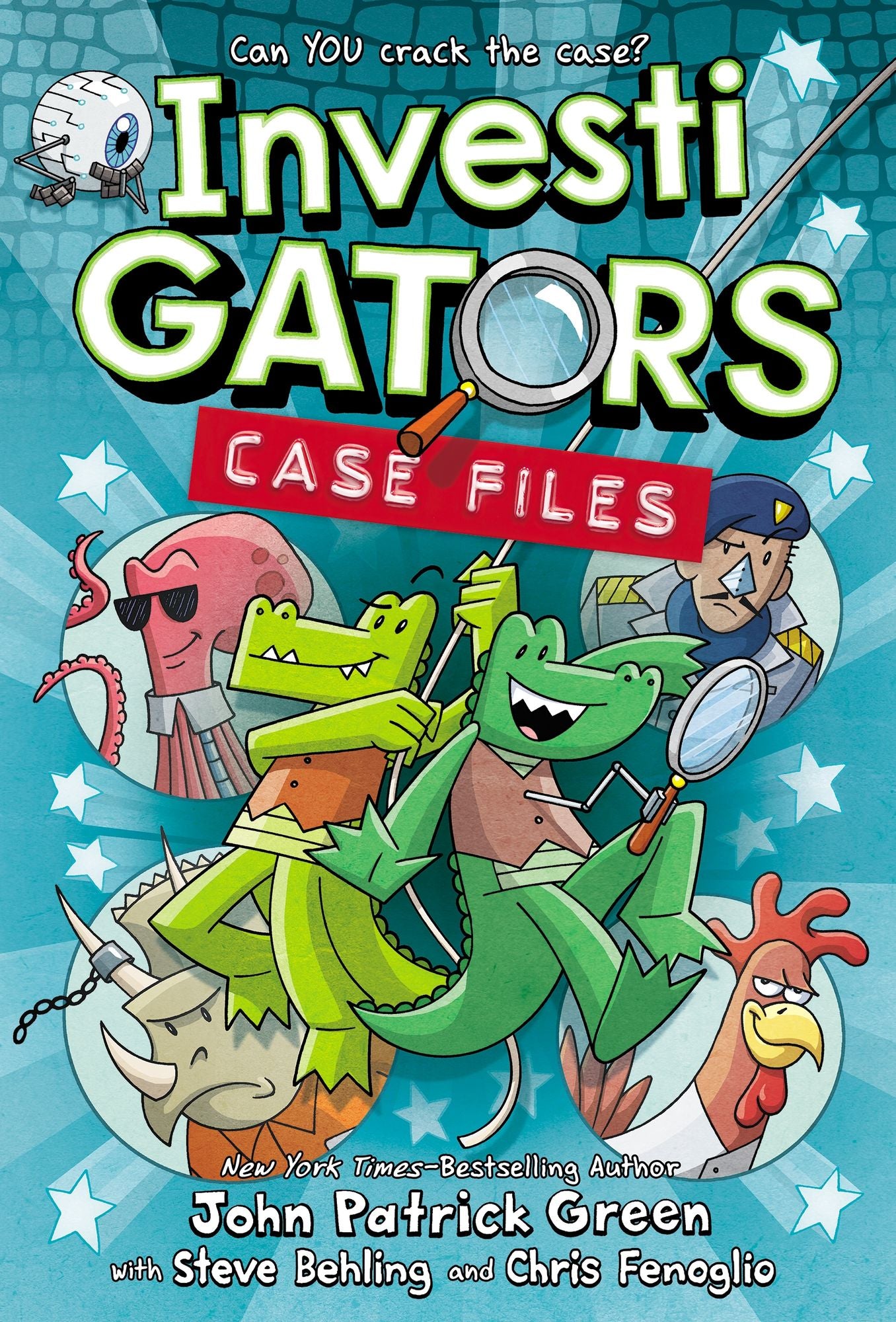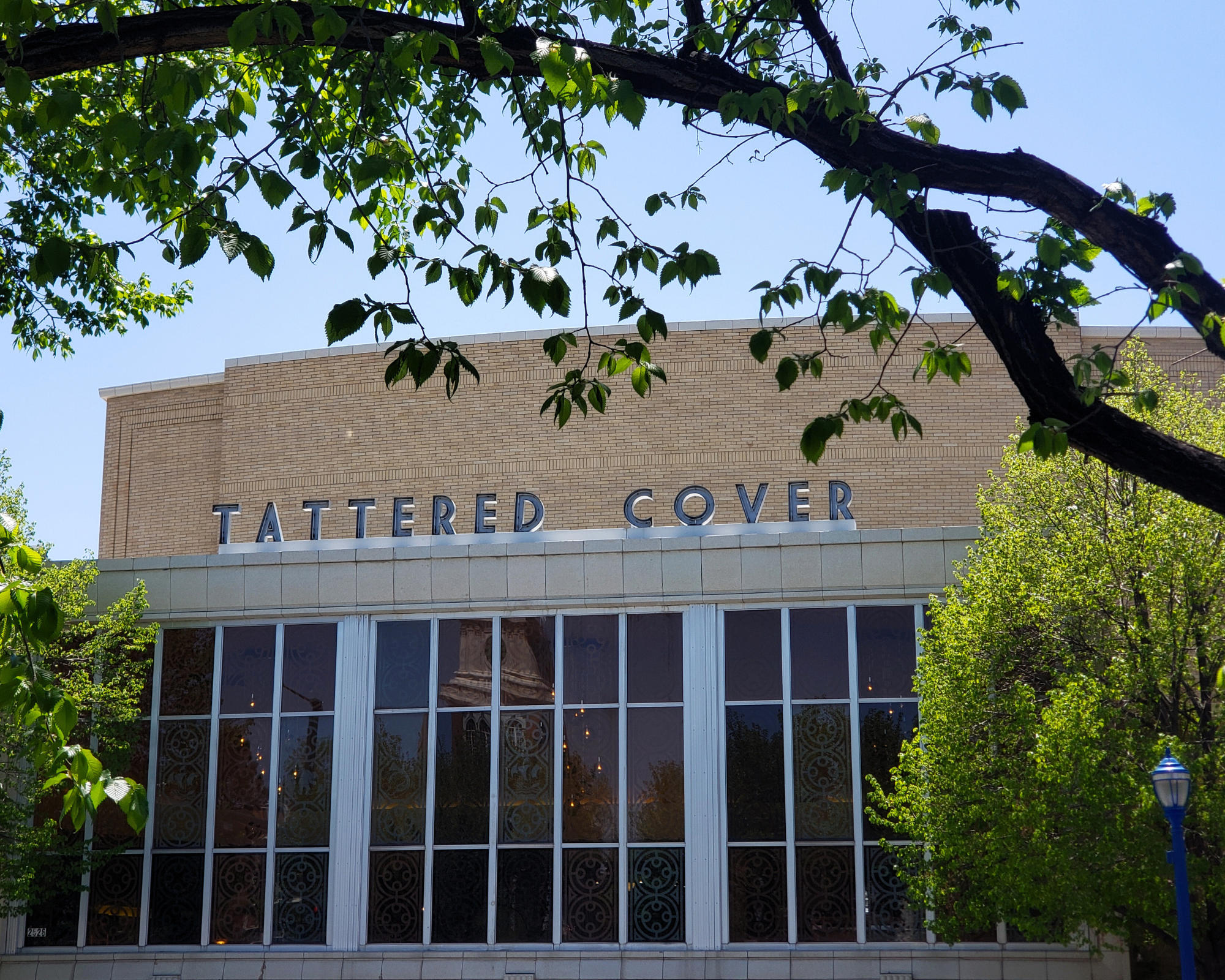
The Art of Doing Science and Engineering: Learning to Learn
Format: Hardcover
ISBN: 9781732265172
Publication Date: 05/26/2020
A groundbreaking treatise by one of the great mathematicians of our age, who outlines a style of thinking by which great ideas are conceived.
What inspires and spurs on a great idea? Can we train ourselves to think in a way that will enable world-changing understandings and insights to emerge?
Richard Hamming said we can. He first inspired a generation of engineers, scientists, and researchers in 1986 with “You and Your Research,” an electrifying sermon on why some scientists do great work, why most don’t, why he did, and why you can—and should—too. The Art of Doing Science and Engineering is the full expression of what “You and Your Research” outlined. It's a book about thinking; more specifically, a style of thinking by which great ideas are conceived.
The book is filled with stories of great people performing mighty deeds—but they are not meant simply to be admired. Instead, they are to be aspired to, learned from, and surpassed. Hamming consistently returns to Shannon’s information theory, Einstein’s theory of relativity, Grace Hopper’s work on high-level programming, Kaiser’s work on digital filters, and his own work on error-correcting codes. He also recounts a number of his spectacular failures as clear examples of what to avoid.
Originally published in 1996 and adapted from a course that Hamming taught at the US Naval Postgraduate School, this edition includes an all-new foreword by designer, engineer, and founder of Dynamicland Bret Victor, plus more than 70 redrawn graphs and charts.
The Art of Doing Science and Engineering is a reminder that a capacity for learning and creativity are accessible to everyone. Hamming was as much a teacher as a scientist, and having spent a lifetime forming and confirming a theory of great people and great ideas, he prepares the next generation for even greater distinction.
What inspires and spurs on a great idea? Can we train ourselves to think in a way that will enable world-changing understandings and insights to emerge?
Richard Hamming said we can. He first inspired a generation of engineers, scientists, and researchers in 1986 with “You and Your Research,” an electrifying sermon on why some scientists do great work, why most don’t, why he did, and why you can—and should—too. The Art of Doing Science and Engineering is the full expression of what “You and Your Research” outlined. It's a book about thinking; more specifically, a style of thinking by which great ideas are conceived.
The book is filled with stories of great people performing mighty deeds—but they are not meant simply to be admired. Instead, they are to be aspired to, learned from, and surpassed. Hamming consistently returns to Shannon’s information theory, Einstein’s theory of relativity, Grace Hopper’s work on high-level programming, Kaiser’s work on digital filters, and his own work on error-correcting codes. He also recounts a number of his spectacular failures as clear examples of what to avoid.
Originally published in 1996 and adapted from a course that Hamming taught at the US Naval Postgraduate School, this edition includes an all-new foreword by designer, engineer, and founder of Dynamicland Bret Victor, plus more than 70 redrawn graphs and charts.
The Art of Doing Science and Engineering is a reminder that a capacity for learning and creativity are accessible to everyone. Hamming was as much a teacher as a scientist, and having spent a lifetime forming and confirming a theory of great people and great ideas, he prepares the next generation for even greater distinction.
Choose options

The Art of Doing Science and Engineering: Learning to Learn
Sale price$35.00
New Releases
How to Be Free: A Proven Guide to Escaping Life's Hidden Prisons
Shaka Senghor
Hardcover
Sale price$30.00
Dark Renaissance: The Dangerous Times and Fatal Genius of Shakespeare's Greatest Rival
Stephen Greenblatt
Hardcover
Sale price$31.99
All the Way to the River: Love, Loss, and Liberation (Oprah's Book Club)
Elizabeth Gilbert
Hardcover
Sale price$35.00
















